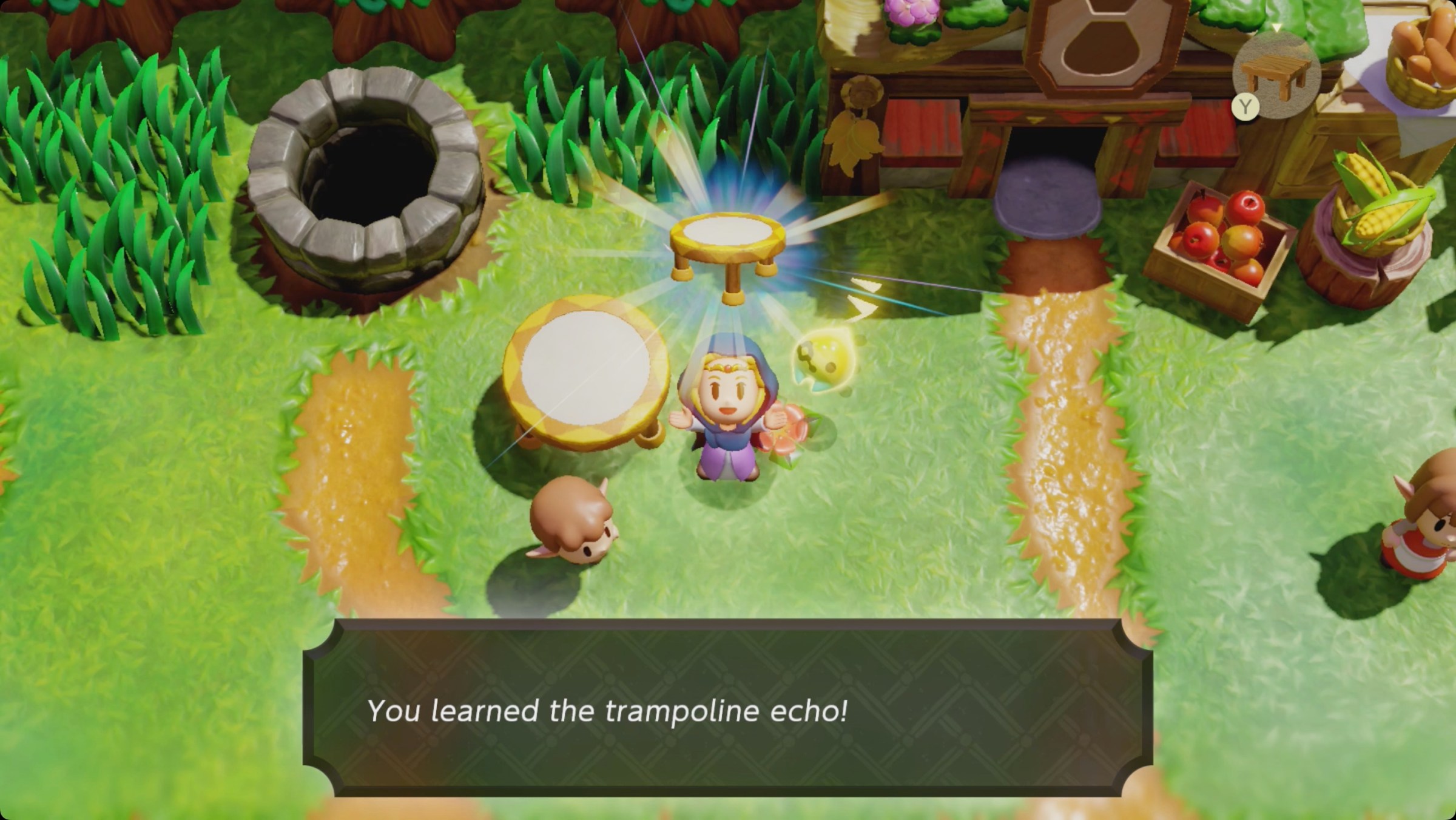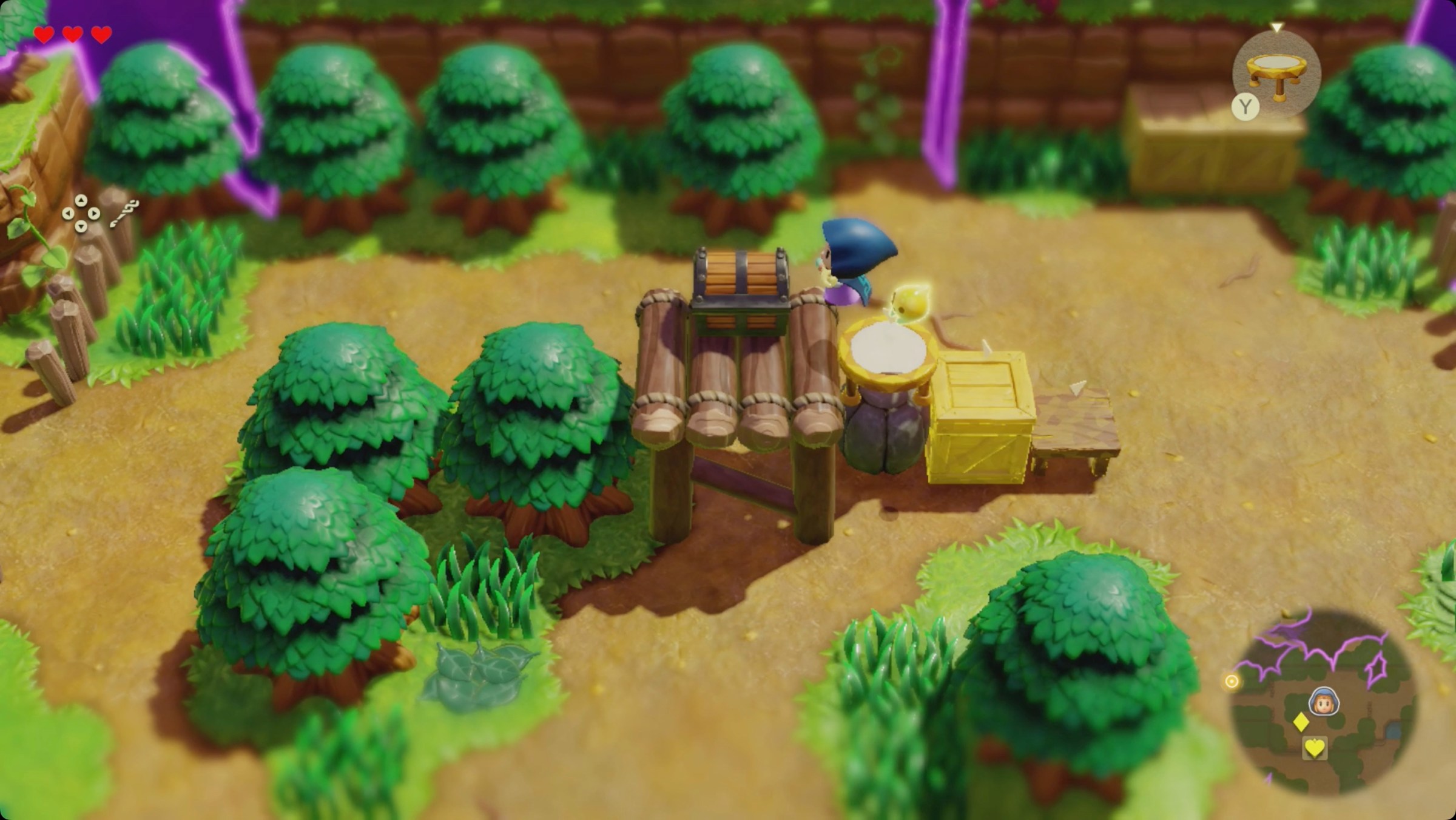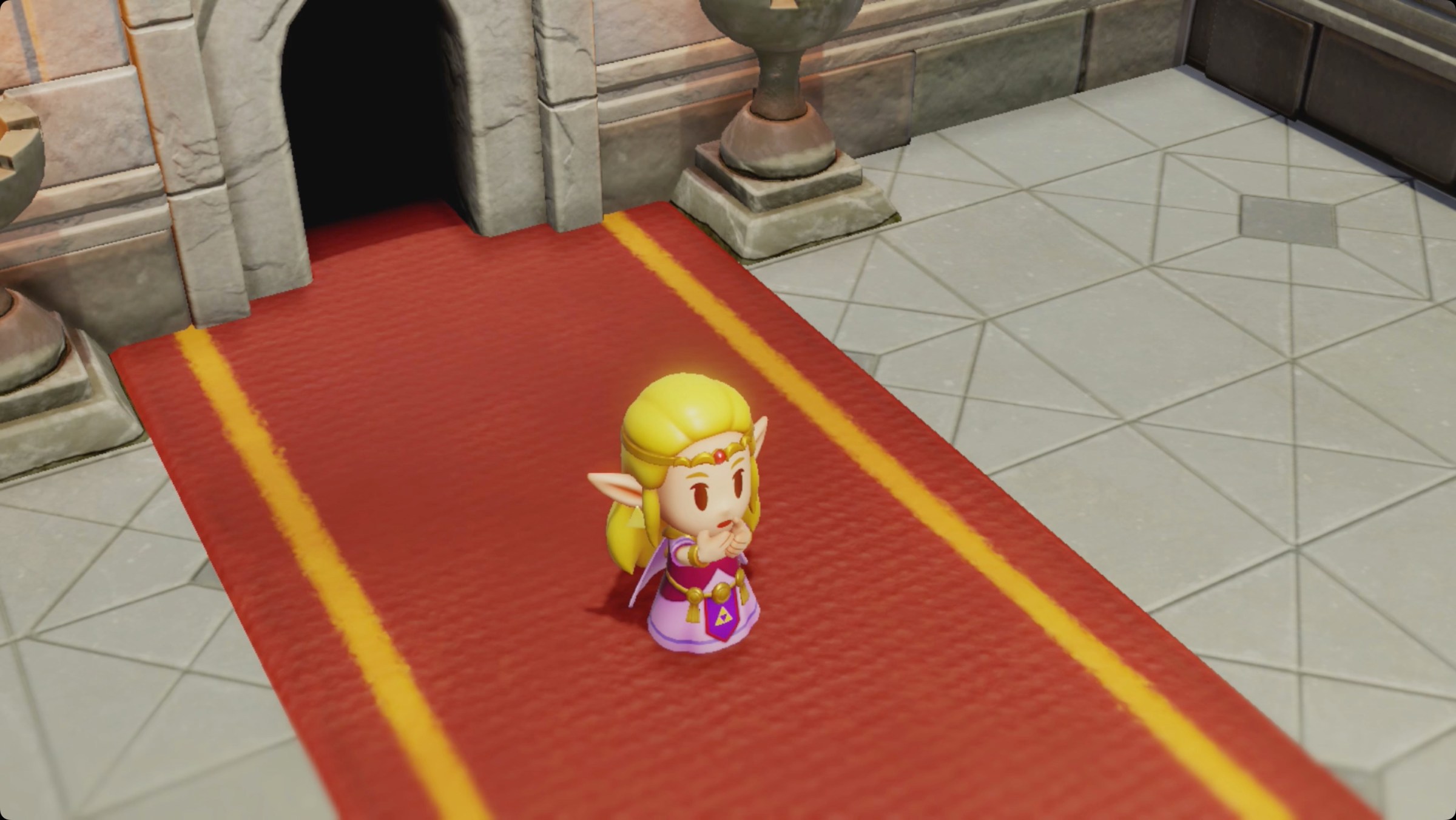The staff is mightier than the sword in The Legend of Zelda: Echoes of Wisdom
Zelda games — that is, games in the Link-led Legend of Zelda franchise — have always had a puzzle element, right down to the open world Breath of the Wilderness And Tears of the KingdomThere are always keys to be found, skills to be improved and tools to be unlocked that open new paths and solutions.
In the best way, Echoes of Wisdom doesn’t change or challenge that, while also incorporating gameplay elements from more recent, open-world games. It’s a classic, top-down Zelda game in the style of 2019 Link’s Awakening remake that plays like Tears of the Kingdom.
The Legend of Zelda: Echoes of Wisdom takes the non-combat elements of the Zelda franchise and elevates them to a core gameplay mechanic. The most obvious carryover is Zelda’s ability to summon echoes, which are temporary incarnations of (certain) objects and creatures you’ve encountered in your adventure. For example, the first time you see a table, you can use Zelda’s magical Tri Rod staff to store that table as an echo, then summon a table at any time, anywhere. These echoes can be climbed on, pushed around, thrown, and then sent flying with a wave of Zelda’s Tri Rod. It’s like a Zonai device—only TotK run. Even a version of Link’s Ultrahand from TotK appears here with Zelda’s Bind ability, which allows her to move most objects (both Echoes and real ones) with the help of her friend Tri.
Echoes are the building blocks of every solution. Each problem is solved by summoning Echoes from tables, boulders, trampolines, or crates — problems like how to jump onto the edge of two tables high, or how to activate switches on two crates at once.
Unfortunately, Echoes don’t offer the same free creative sandbox as, for example, the Zonai devices in TotK did. There is no physics built into it Echoes of Wisdom‘s Echoes. I can’t build a stack of precariously balanced furniture and then remove the bottom one and watch it fall across the screen in calculated chaos. Instead, removing the bottom table in a stack of tables causes the tables to fall to the floor, shortening my stack of tables by one.
And that direct use creates two categories of Echos: the Echos that fight for you, and the Echos that climb on stuff. Echoes of Wisdom is still a Zelda game, after all, so the world is full of extremely stabable bad guys who, until they get stabbed, are just looking to ruin your day. You’ll still have to fight – except (most of the time, more on that later) you can’t – so you’ll have to summon Echoes of Bokoblins or slime-like Zols to do the fighting for you. Zelda can jump, but only so high, so you’ll need to summon tabletop Echoes to reach most ledges.
That’s not to say that every puzzle and navigation challenge is as simple as “conjure a table.” Many puzzles have a satisfying difficulty curve — those few minutes of confusion followed by a eureka moment. That challenge-to-aha pipeline actually failed only once; a late-game boss completely stumped me and I had to ask a colleague for help.
It turns out that the solution was one of the random Echoes that I had never used before and hadn’t even considered using in combat. But there were no contextual clues or indications as to the solution – it was simply one of dozens of Echoes that I hadn’t tried yet.
I fell into this trap for a reason that will probably happen to you too: I eventually found favorites from each category of Echoes and came to rely heavily on them. The game even admits this point, giving you the ability to sort your Echoes by “most used.” Tables were my go-to for climbing until I found the superior water block Echo. My go-to for combat was summoning as many Boomerang Bokoblins as I could with their swarm of damaging projectiles. If you’re like me, you probably fell into the habit of only using those. Now that I’ve finished the game, there are probably a dozen or more Echoes that I literally never used – I just didn’t need them.
Every vertical challenge can be solved with a stack of Water Echoes. Almost every combat encounter can be solved with my small flock of low-level Boomerang Bokoblins. But instead of feeling boring, it felt more like a routine solution where I could use the tools I knew worked best and were familiar with, even if I had a dozen other options that could work just as well.
All of this isn’t to say that Zelda is completely helpless when she’s alone. Zelda can be a bit more direct with her attacks once she finds Link’s sword, allowing her to temporarily assume the glowing “Swordfighter Form” and dish out damage herself without Echoes having to fight for her. But even that feels like a concession rather than a mechanic – this is a Zelda game, so all you’re supposed to do is swing a sword at some point, even if it’s explicitly Link’s sword.
Which brings us to something that needs to be acknowledged about this game. This isn’t the first time Zelda has been a playable character. This isn’t even the first time she’s been the main character in the series that bears her name – that honor goes to Zelda: The Wand of Gamelona non-canonical CD-i game that I honestly had never heard of until I looked it up. Echoes of Wisdom is still a big deal — an official, Nintendo-developed Zelda game where you play as Zelda. But Zelda’s portrayal in Echoes of Wisdom might seem passive compared to how Link’s games have gone for him. Like the way she gets a magic wand instead of a sword, for example. Or having to summon others to fight for her instead of fighting for herself.
When Tears of the Kingdom came out, I spent a lot of time reading up on the lore of The Legend of Zelda series to write a few articles about the Zelda timeline. My conclusion was ultimately that the timeline didn’t matter because Zelda and Link weren’t important as individuals, but rather as (reincarnated) concepts. Zelda plays that role here, just as Link plays his.
There is always a Triforce consisting of Wisdom, Courage, and Strength. There is always a Princess who embodies Wisdom. There is always a Champion who embodies Courage. There is always a Big Bad who seeks Strength.
As much as Echoes of Wisdom brings a real “this is not about him” energy to the series, it’s still a story that’s as much about Link as it is about Zelda. The context provides a take-it-or-leave-it justification for Zelda’s more passive role.
Simply put, it does. It’s a great game. It’s challenging and satisfying. And it fits perfectly into the established mythology as another incarnation of our beloved hero(es). There’s a real sense of satisfaction in leading a herd of boomerang-wielding Bokoblins as they pepper each enemy with attacks, then conjure up a bridge of beds to cross an impassable chasm. Sure, you might not be swinging a sword, but Echoes of Wisdom proves that the pen – or the bed, the table, the crate or the rock – can be even more powerful.
The Legend of Zelda: Echoes of Wisdom will be released on Nintendo Switch on September 26. The game was reviewed on Nintendo Switch using a pre-release download code provided by Nintendo. Vox Media has affiliate partnerships. These do not influence editorial content, though Vox Media may earn commissions for products purchased via affiliate links. You can find additional information about Polygon’s ethics policy here.





